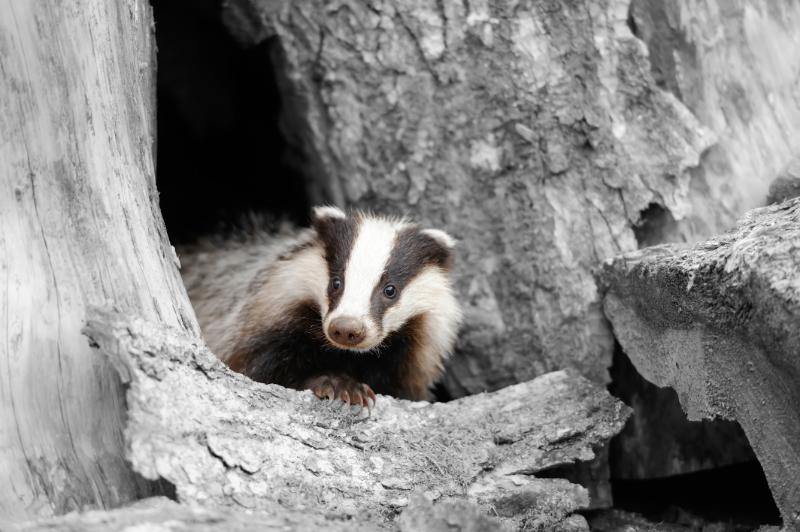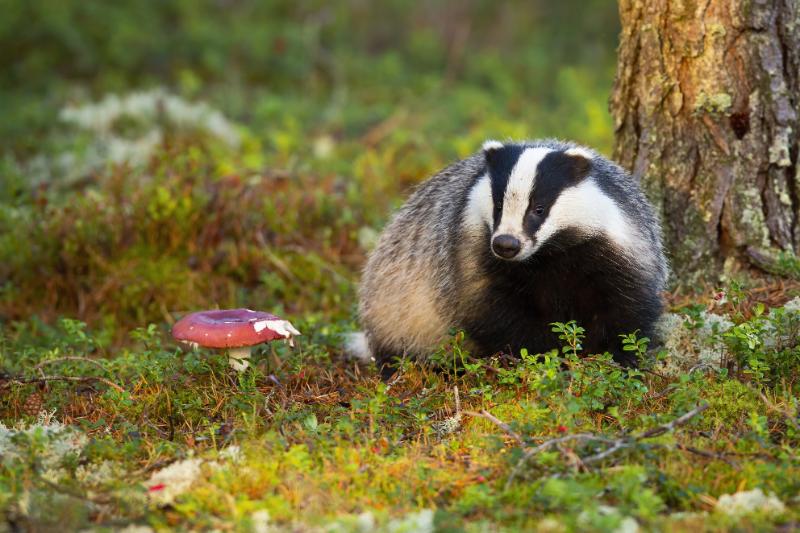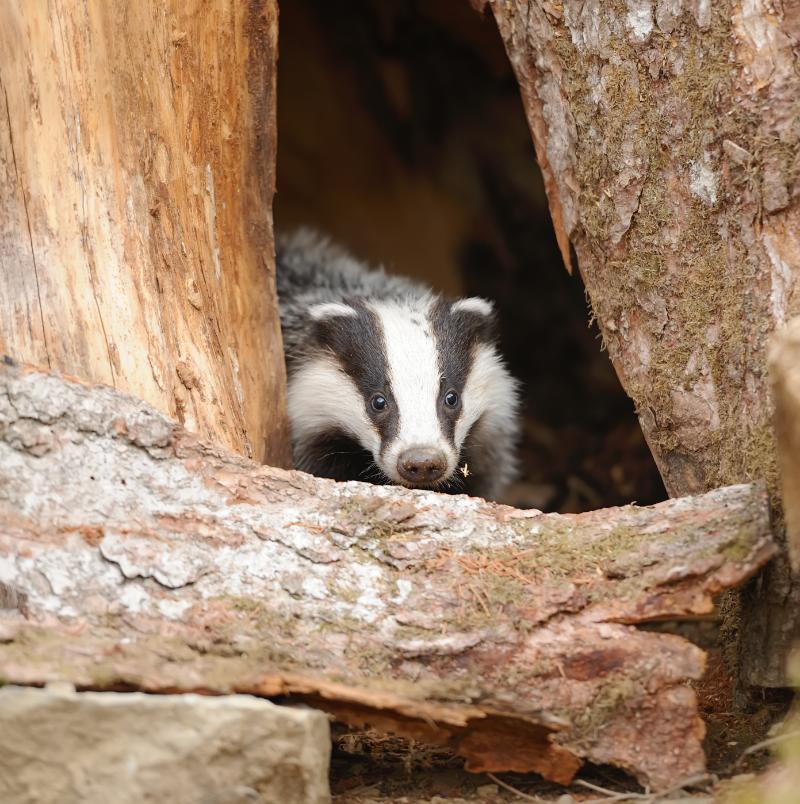From deep in the plains of North America to the undulating landscapes across Europe and all the way to Asia’s robust terrains, the incredible nature of badger habitats is far more elaborate than you’d think! Are you ready to explore the fascinating world of these fantastic creatures’ homes?
Locations Known for Housing Badger Habitats

These architects of the animal kingdom are spread over much of America, Europe, and Asia. In North America, they’re frequently found from the Canadian Prairie Provinces to the Mexican Plateau. As for the US, western and central areas, particularly the Great Lakes states, seem to be their popular choices.
Their presence is also distinct in parts of Asia including Japan, Vietnam, and China. In Europe, they’re found widely, with strong spots in the UK, especially areas with unconsolidated soil near the riverbanks.
Regardless of the geographical boundary, they all share a common love for certain environments:
- Places that steer clear of denser woodlands and clay-heavy soil
- Grazed pastures with easily removable soil
- Riverbanks that aren’t prone to flooding
Decoding The American Badger Habitat

While not as intricate as their European cousin, the American Badger’s homes are still impressive. These creatures lead a nomadic life, often seeking new shelters every couple of days. Their habitats, typically 15 – 30 feet deep, display the power of these nature’s diggers. Avoiding complex landscapes like woodlands and trees, they prefer soft soil, making their incessant digging simpler.
Leaving their homes within a day or two, they don’t do so because of collapsing tunnels but rather because of their excellent hunting skills. Once a local rodent population is eradicated, they simply move along to find their next home.
Settling Habits
The American Badgers are not renowned for their long-term settlements; their unique lifestyle demands frequent changes, theoretically ensuring a constant food supply nearby as these creatures maneuver their survival instinctively.
Diving into European Badger Habitat

European Badgers display a different ethos. These Badgers, unlike their American counterparts, can stay put in the same home throughout their lives. These habitats, or ‘settes’ as they’re called, can endure for decades. This longevity, in part, could be due to their varied diet, including a large proportion of grubs and worms which ensure their sustenance.
What makes their homes astounding is the sheer magnitude and intricacy. These social creatures live in groups and their homes serve as remarkably sprawling underground cities. Some are believed to be centuries old!
Architectural Brilliance

The tunnels in these settes don’t merely serve as a transport network. They act as links to breeding chambers, sleeping quarters, and even toilet facilities. An ample number of entrances and secret exits ensure a thriving badger life, unseen and unheard.